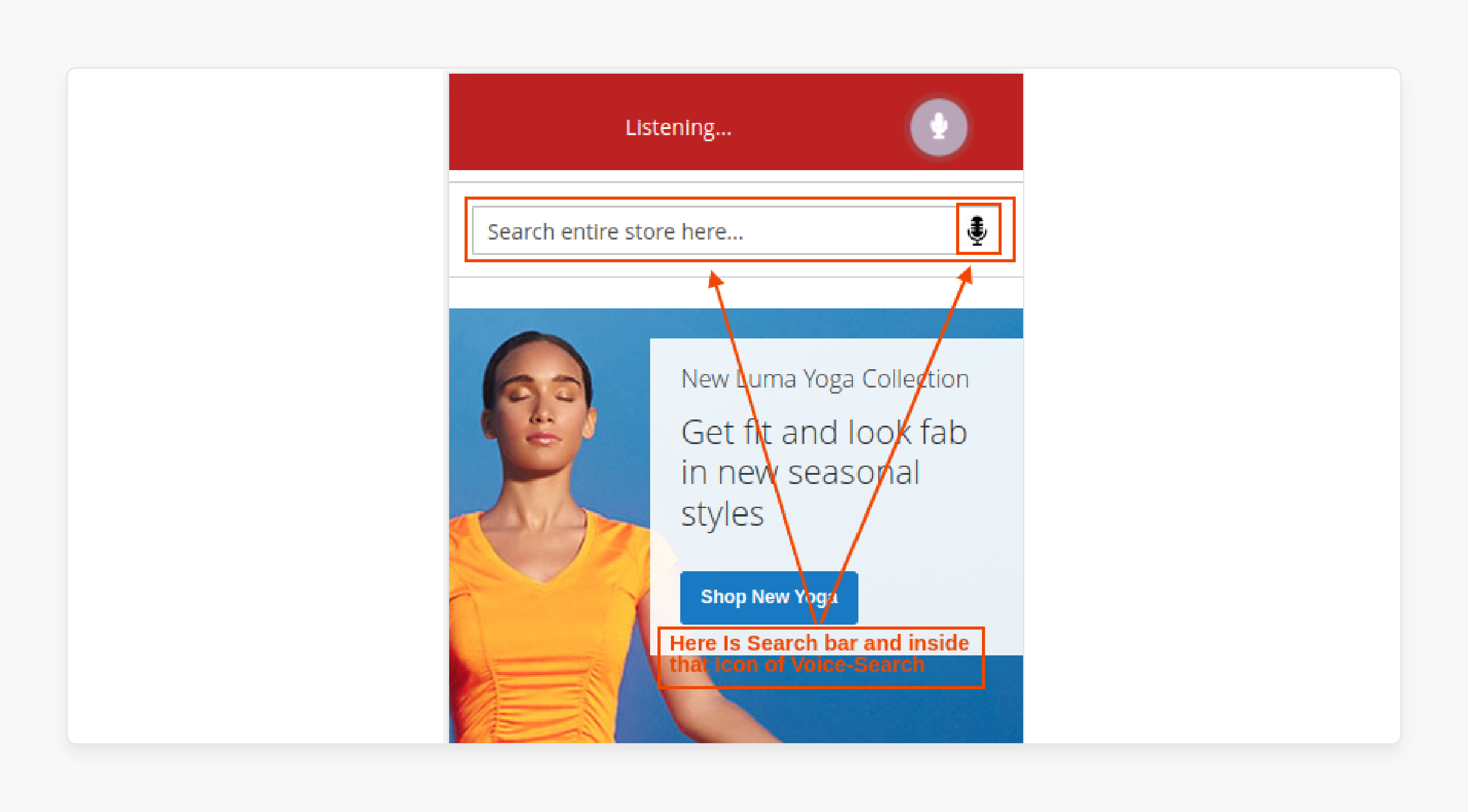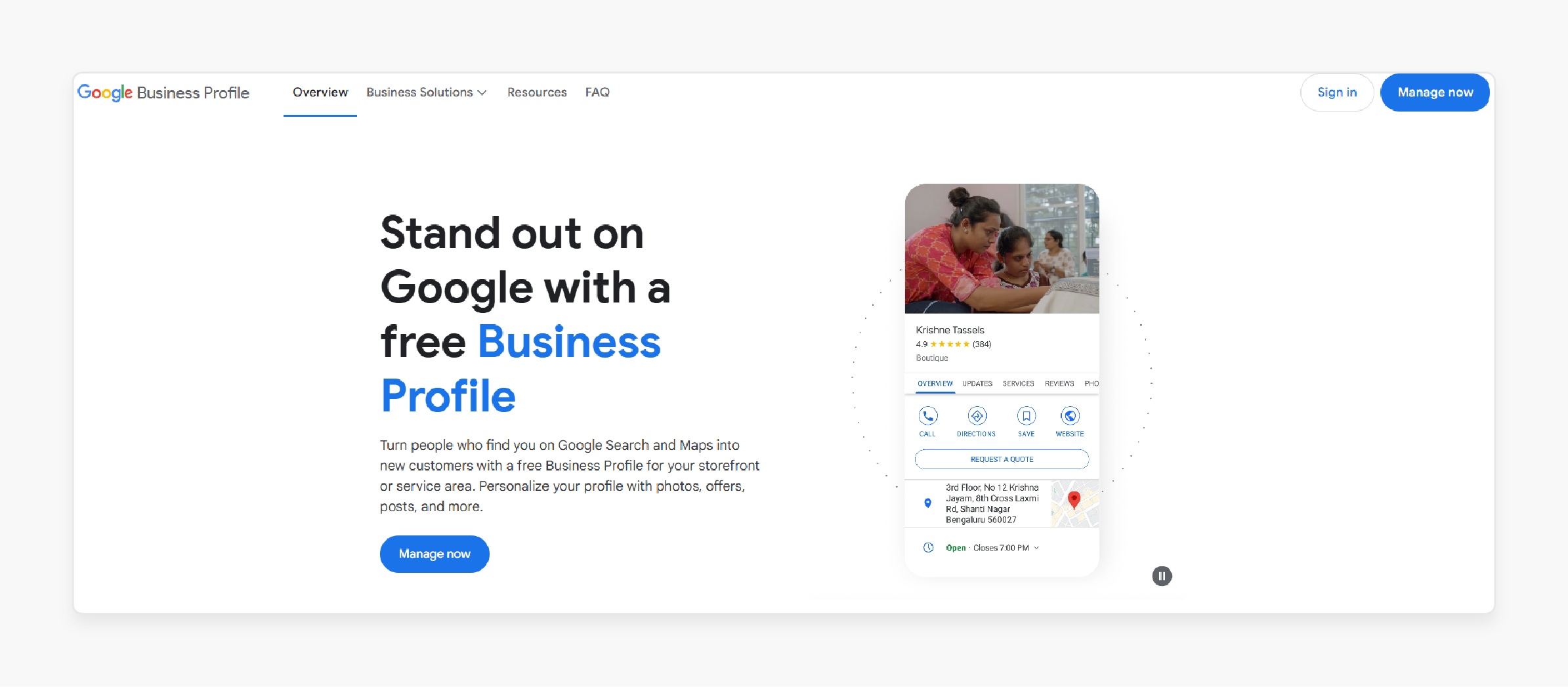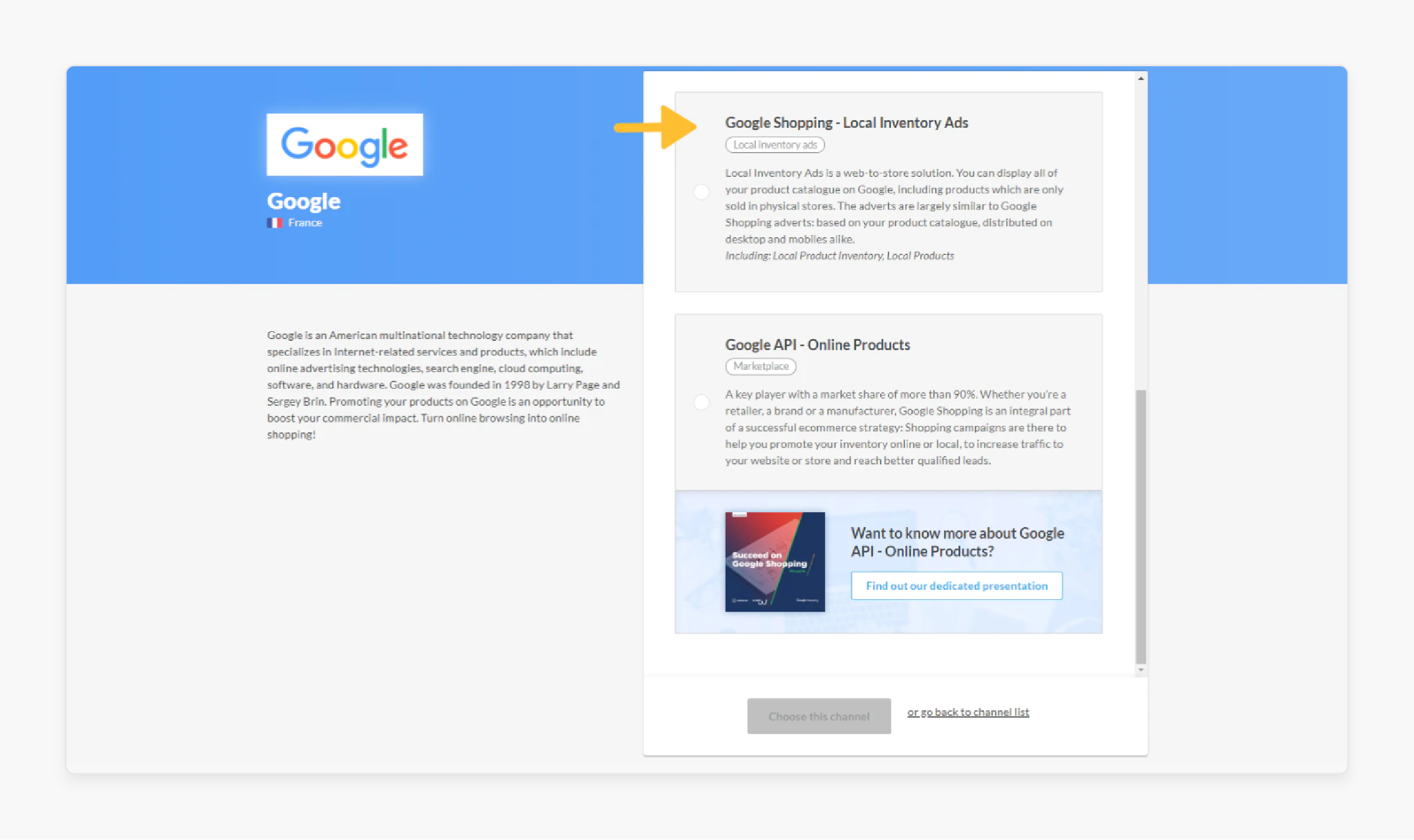
Top 6 Ecommerce Seo Trends: Voice Search and AI
Is your eCommerce store ready for voice search optimization? Ecommerce Seo trends enhance organic traffic and implement strategies like hyper-local targeting.
In this article, we will explore the top ecommerce seo and local seo trends.
Key Takeaways
-
Top eCommerce SEO trends for 2024 boost your store’s visibility.
-
Optimize your site for voice search to capture more conversational questions.
-
Mobile-first indexing optimizes your website for mobile users.
-
Core Web Vitals impact your position and enhance your site's customer experience.
-
Structured data and rich snippets increase your visibility in search engine results.
Top Ecommerce Seo Trends
1. Voice Search Optimization
-
Voice search is becoming increasingly prevalent. This is due to the rising popularity of smart speakers and voice assistants like:
1. Google Assistant
2. Siri
3. Alexa
-
It is estimated that over 50% of all online searches will be voice-driven. You should optimize your content for voice queries.
How to adapt:
-
Voice search questions tend to be longer and more natural-sounding compared to text searches. Focus on long-tail keywords and phrases that reflect how people ask questions verbally.
-
Frequently Asked Questions (FAQ) sections are great for targeting voice search. Make sure your content answers customer questions in a straightforward, concise manner.
-
Many voice searches are made on mobile devices. Ensure your website is mobile-friendly and loads quickly to capture this traffic.
2. AI and Machine Learning
-
Search engines like Google are increasingly using AI and machine learning. It helps understand user intent better and deliver more personalized results.
-
E-commerce businesses need to keep pace with these changes to remain visible and relevant in search results.
How to adapt:
-
Focus on understanding user intent rather than just matching keywords. Craft content that answers broader questions. These also provide valuable insights related to your products.
-
Implementing chatbots can improve customer experience by guiding customers through the:
1. Sales funnel
2. Answering questions
3. Recommending products in real-time
-
AI-driven personalization can help you deliver customized product suggestions and dynamic content. It helps enhance customer experience and conversions.
3. Mobile-First Indexing
-
Google has fully shifted to mobile-first indexing. The mobile version of your website is now the primary one considered for the position.
-
E-commerce businesses must ensure that their mobile sites are optimized for:
1. Speed
2. Functionality
3. User experience
How to adapt:
-
Your website should provide a smooth experience across all devices.
-
Simplify the mobile checkout process by minimizing the number of steps required to complete a purchase.
-
Use tools like Google’s PageSpeed Insights to test and improve loading times on mobile devices.
4. Core Web Vitals and Experience
-
Google’s Core Web Vitals measure the customer experience of a website. It focuses on three key metrics:
1. Largest Contentful Paint (LCP)
2. First Input Delay (FID)
3. Cumulative Layout Shift (CLS)
-
These are now important position factors that every e-commerce business must consider.
How to adapt:
-
Ensure your site’s main content loads quickly by:
1. Optimizing images
2. Using faster hosting
3. Minimizing JavaScript
-
Reduce the time it takes for your site to respond to user actions. This is achieved by limiting third-party scripts and streamlining processes.
-
Prevent unexpected layout shifts by reserving space for images and ads. It ensures they don’t move unexpectedly as the page loads.
5. Structured Data and Rich Snippets
-
Structured data helps search engines understand your content and display it in more detailed ways. These include rich snippets.
-
These enhanced search results can significantly improve click-through rates and visibility.
How to adapt:
-
Mark up product information like price, availability, and reviews with appropriate data. It helps search engines understand and display this information prominently in search results.
-
Implement FAQ schema to provide quick answers to common customer questions. It can help your site appear in voice search results as well.
-
Use breadcrumb-appropriate data to help both search engines and users navigate your site more easily. It helps improve user experience and SEO.
6. Video Content
- Video content has become a dominant form of media consumption, especially in e-commerce.
From product demonstrations to unboxing videos and reviews, video content can engage users. It provides valuable information that influences purchasing decisions. Use an AI video generator with free plan for quick short product tutorials and instructions.
How to adapt:
-
Address customer pain points and highlight the benefits of your products by developing:
1. Product tutorials
2. Reviews
3. Demonstrations
-
Use relevant keywords in:
1. Video titles
2. Descriptions
3. Tags
-
Provide transcripts or captions to help Google index the video content.
-
Hosting videos on your website is good for engagement. Consider sharing them on platforms like YouTube to increase visibility and reach a broader audience.
How is Ai Impacting Ecommerce Seo Strategies?
1. Enhanced Keyword Research and Search Intent Analysis
-
AI tools like Google’s BERT and RankBrain have revolutionized how keywords are understood.
-
They help SEO professionals go beyond exact match keywords to analyze search intent more effectively.
-
AI-driven platforms like SEMrush and Ahrefs use advanced algorithms to uncover:
1. Expanded keywords
2. Seasonal trends
3. User questions
-
These are more likely to convert. The deep analysis of user behavior patterns helps businesses create content that not only ranks. It also resonates with the audience.
2. Personalized Content Recommendations

-
AI algorithms analyze vast amounts of user data, such as:
1. Browsing habits
2. Past purchases
3. On-site behavior
-
These help recommend personalized content and go beyond simple recommendations.
-
It helps online websites provide:
1. Tailored product suggestions
2. Blog posts
3. Landing pages for different user segments
-
Delivering personalized experiences helps websites improve dwell time and reduce bounce rates. These positively impact SEO rankings.
3. Content Creation and Optimization at Scale
-
AI is capable of creating content based on specific guidelines, such as:
1. Including certain keywords
2. Targeting specific audiences
3. Matching the tone of the brand
-
Tools like Jasper AI or Frase.io assist content writers in generating SEO-optimized:
1. Product descriptions
2. Blogs
3. Meta tags
-
It ensures that all the important position factors, like keyword usage and internal linking, are considered.
4. Voice Search Optimization

-
More consumers use Google Assistant and Alexa voice assistants. They must optimize for voice search.
-
AI helps e-commerce businesses understand how people are phrasing their questions.
-
Voice search questions tend to be longer and more conversational compared to traditional search. It often takes the form of full sentences like “Where can I buy organic coffee beans near me?”.
-
AI tools can help you analyze these types of questions and optimize your content with natural language patterns.
-
It ensures that your product pages and blogs rank for these conversational searches.
5. Smarter Data Analysis for Predictive SEO
-
AI can process massive amounts of data far faster than humans.
-
AI-driven tools can analyze:
1. Website Traffic
2. User interactions
3. Conversion rates
4. Competitor activity
-
It offers insights into what’s working and what’s not. AI can predict trends and provide actionable recommendations for content strategies. These could improve rankings.
6. Automated Technical SEO Audits
-
AI tools help run regular SEO audits. They can identify and automatically suggest fixes for common technical SEO issues, such as:
1. Broken links
2. Duplicate content
3. Slow page speed
4. Poor mobile responsiveness
-
Tools like Screaming Frog and Botify use AI to perform comprehensive site crawls. It highlights areas that need improvement.
-
AI’s role in automating routine tasks helps SEO teams focus on more strategic initiatives. It also helps maintain optimal site health.
How Can Voice Search Optimization Benefit Ecommerce Websites?
1. Capture Long-Tail Queries
-
Voice searches are often longer and more conversational than text-based searches.
-
It is optimized for natural language and long-tail keywords. It helps eCommerce websites capture these questions. It also helps them reach customers with specific purchase intent.
-
It can drive more qualified traffic and improve conversion rates.
2. Increase Visibility in Featured Snippets
-
Voice search often pulls answers from featured snippets or "position zero" in search results.
-
It optimizes content to answer common user questions directly. It helps eCommerce websites increase their chances of appearing in these snippets. The sites gain more visibility.
-
Answering product-related FAQs clearly and concisely can help your product pages be featured in voice search results. It increases exposure and drives traffic.
3. Improve Mobile Search Traffic
-
Many voice searches happen on mobile devices. Voice search users are action-oriented.
-
eCommerce site optimized for voice search is more likely to attract users who are ready to make a purchase.
-
A customer might say, "Order new hiking boots online," while on their phone.
-
Voice search optimization helps ensure your site ranks for such action-driven queries. It captures these potential buyers at the right moment.
4. Enhance Local Search Results
-
Voice searches often include local intent, such as “Where can I buy organic coffee near me?”
-
Optimizing for local SEO and voice search helps eCommerce stores with physical locations or local distribution networks. They can drive more foot traffic and increase local sales.
5. Improve Customer Experience
-
Voice search optimization focuses on providing clear, concise answers. It also improves the overall site structure.
-
It leads to a better customer experience as users find what they’re looking for more easily.
-
When your website is optimized for fast, direct answers, it keeps visitors engaged longer. It helps reduce bounce rates and improve SEO rankings.
6. Increase Conversion Rates
-
Voice search users tend to look for quick solutions and are often closer to making a purchase.
-
By optimizing for voice search queries related to purchasing decisions (e.g., “What’s the best price on X product?”). You can capture customers with high buying intent. It leads to improved conversion rates.
7. Optimize for Voice Search Devices
-
Smart speakers (e.g., Google Home, Amazon Echo) are increasingly used for shopping-related questions.
-
Optimizing for voice search prepares your eCommerce site to be more discoverable through these devices. It opens up a new channel for potential sales.
-
If users can easily find your products via a smart speaker, you create a smooth shopping experience. The experience integrates with their daily routines. It helps customers easily find and purchase your products.
Emerging Trends in Local Seo for Ecommerce
1. Hyper-Localized Targeting
-
Local SEO is evolving to target extremely specific areas, such as:
1. Neighborhoods
2. City blocks
3. Specific landmarks
-
Instead of just optimizing for city names, eCommerce businesses are focusing on smaller, hyper-local regions.
-
These stores cater to customers searching for nearby stores or delivery services.
2. Voice Search Optimization for Local Questions
-
As voice search grows, consumers are asking more local questions through voice assistants.
-
Phrases like "Where can I buy [product] near me?" are becoming common.
-
eCommerce stores that optimize for conversational keywords and natural language patterns will perform better in voice search results.
3. Google My Business (GMB) Enhancements

-
Google My Business is becoming an essential tool for local SEO.
-
New features allow eCommerce businesses to showcase their offerings directly in search results. These include:
1. Product Listings: Businesses can now showcase their products directly within their GMB profile. It enables potential customers to discover what’s available.
2. Services Menus: Service-based businesses can list and detail their services. It helps customers understand the full scope of offerings.
3. GMB Posts: The feature allows businesses to post updates and news that appear directly in search results.
-
Keeping your GMB profile updated with accurate details boosts your local visibility. These include:
1. Business hours
2. Photos
3. Product details
4. Local Inventory Ads (LIA)
-
Local inventory ads (LIA) are a powerful tool for businesses with physical locations. It enables them to display real-time stock levels to users searching for products nearby.
-
Google surfaces ads with “in-store availability” or “nearby” labels, giving users confidence that the products they’re searching for are available nearby.
-
If your business has physical locations or local stock, setting up Google’s Local Inventory Ads helps capture searchers looking to buy immediately from local stores.
-
These ads ensure your products appear when customers are in a buying mindset and close to your store, enhancing the chances of conversion.
5. Augmented Reality (AR) in Local Search
-
Augmented Reality (AR) is increasingly blending with local search efforts, particularly for retail-focused eCommerce businesses.
-
Platforms like Google Maps are integrating AR features to offer users an immersive search experience.
-
For example, AR can help customers visualize the physical location of a store or explore product details through interactive AR interfaces.
-
It enhances the decision-making process by providing an engaging, real-time view of the products or services you're offering.
-
AR in local search is especially useful for businesses that want to stand out and provide a futuristic customer experience.
6. Mobile-First Indexing for Local Searches

-
Google prioritizes mobile-friendly sites in search results with mobile-first indexing in full effect. It is particularly for local queries made on smartphones.
-
Ensuring your website is optimized for mobile helps your website rank well in local searches.
-
It offers features for a smooth local search experience. These include:
1. Click-to-call
2. Mobile maps integration
3. Fast loading times
7. Reviews and Local Reputation Management
-
Customer reviews are very essential in local SEO.
-
Positive reviews can boost your position in local search results. Negative reviews can hurt your visibility.
-
Reputation management tools are helping eCommerce businesses collect, respond to, and analyze reviews. It helps maintain a strong local presence.
FAQs
1. What are the top eCommerce trends in SEO?
In 2024, eCommerce trends focus on voice search, visual search, and personalized content. Optimizing for these trends helps e-commerce stores improve organic traffic. They could also reach potential customers.
2. How can my online store use voice search to rank higher?
Optimize your online store with natural language and long keywords. It helps your content match how customers phrase questions when using voice assistants.
3. How does visual search impact eCommerce SEO?
Visual search is a growing trend for online stores. Optimizing images helps eCommerce sites appear in visual search results. These could be optimized with descriptive alt tags and schema markup. It drives more organic traffic and engages potential customers.
4. What SEO strategies can help my online store rank higher?
Focus on e-commerce trends like optimizing for voice search and using appropriate data. These strategies enhance your Google search rankings. It also helps attract potential customers searching for products online.
Summary
Ecommerce SEO trends are influenced by voice search and advancements in AI technologies. The article explores the top ecommerce SEO trends, including:
-
Focusing on long-tail keywords and FAQ sections to target voice-driven queries.
-
Use AI to understand user intent and personalize search results.
-
Ensure your mobile site is fast and optimized for a smooth customer experience.
-
Prioritize site speed and stability to enhance customer experience and SEO position.
Ready to boost your store’s visibility with these cutting-edge ecommerce SEO strategies? Get expert support with managed Magento hosting.










